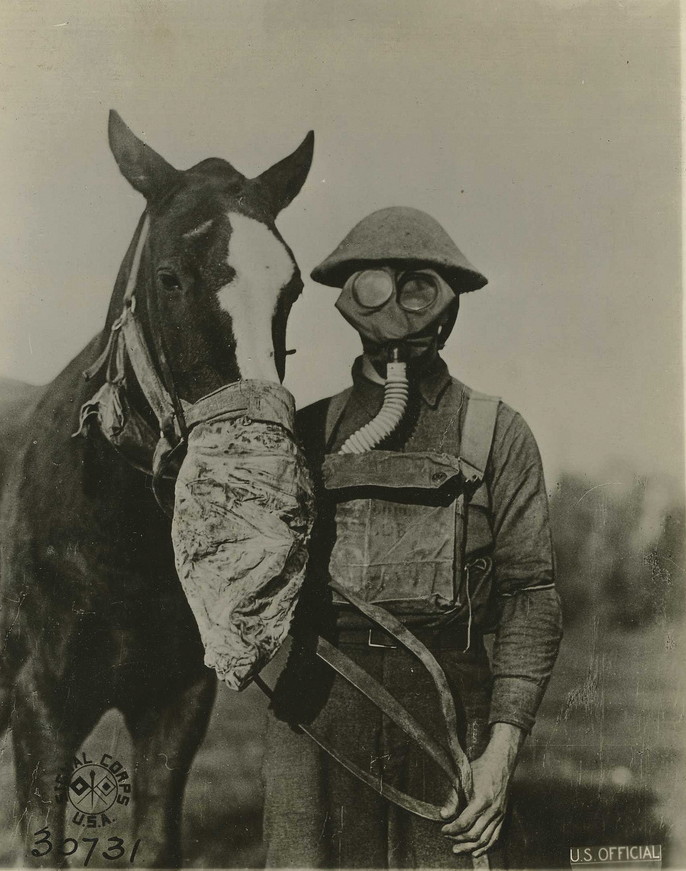From Chemical Weapon to Chemotherapy, 1917-1946
Mustard gas, which derives its name from its yellowish-brown hue and pungent smell, was already known to blister skin and mucus membranes, irritate eyes, and damage lungs. The chemical weapon emerged during World War I and was first used by the Germans in 1917. It was the king of the gases in that first war, says Smith.
By the time of the Bari incident, chemical weapons in war had been banned, yet many countries still studied them for defensive and offensive purposes. During World War II, unwitting servicemen of various militaries, including those of the US, Canada, Australia, and the UK, who were often under orders to participate in tests, were gassed, sprayed, or given patches with mustard agents to study its toxic effects, says Smith. And many of the doctors involved with those tests took it upon themselves to investigate potential therapeutic uses.
After promising animal research, physician researchers connected with Yale University and the University of Chicago tried injecting sulfur mustard and its somewhat milder relatives, the nitrogen mustards, into the veins of cancer patients in the early 1940s. This was the first time a systemic treatment was given for cancer. It would upset the whole body, says Smith. That proved to be valuable when you deal with certain kinds of leukemia or lymphoma.
Because those human studies were classified, papers reporting the findings werent published until 1946. In the years following the papers publication, lymphoma treatment using a nitrogen mustard spread across the US, but many patients treated with it experienced only brief remissions. Doctors didnt tell patients they were receiving mustard gas or drugs derived from it.
To unravel how the mustard gas derivatives attacked tumors, chemist Alexander Haddow in 1948 published a study showing which parts of nitrogen mustard were necessary for its cancer-killing properties. He fiddled with the molecule, replacing atoms, and watching for changes in its effects on tumors in rats.
Unsurprisingly, mustard gasderived drugs caused harsh side effects. Scientists continued to tweak these drugs to lower their toxicity and improve patient outcomes. A molecular structure Haddow published is similar to that of chlorambucil, a drug approved in the US in 1957 and still used today for chronic lymphocytic leukemia and non-Hodgkin lymphoma. And Mustargen, or mechlorethamine, is a nitrogen mustard still employed as a chemotherapeutic for several cancers, including lymphosarcoma and some types of leukemia.


